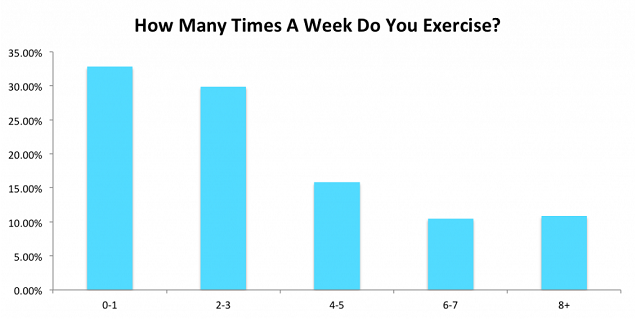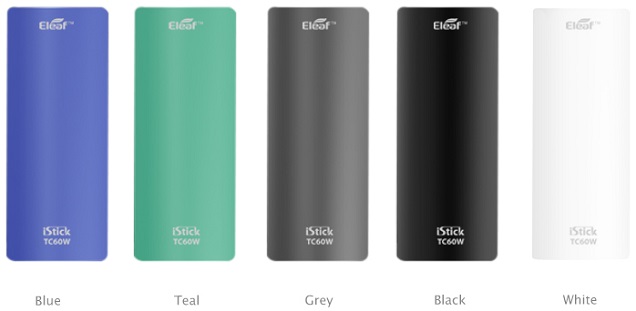
With a few new pieces of research, some typically over-reaching pieces of legislation proposed – including one ban on vaping extending to some outdoor locations – and some news stories, this week has been pretty eventful for vaping. Along with the usual repetition of myths and the hyping of battery explosions that are in no way unique to vaping, there have been a couple of positive stories published in some relatively mainstream outlets, and some lively debate about whether schools should allow students to vape if they’d otherwise be smoking.
The Week in Vaping covers all these stories and more! Check back each Sunday to catch-up on what’s been happening in the world of vaping.
New E-Cigarette Studies
New data released from the Florida Youth Tobacco Survey (data here) has found that smoking among high school students went down from 8.6 percent in 2013 to 6.9 percent in 2015, with youth smoking rates reaching an all-time low as current e-cigarette use (meaning at least once in the past 30 days) climbed from 5.4 to 15.8 percent among high-schoolers. However, only 2.9 percent frequently vaped in 2015.
A survey commissioned by the Scottish Government has found that 60 percent of secondary school pupils have seen e-cigarettes for sale in stores, and around a quarter had been “exposed” to e-cigarette advertisements. Despite this, only 16 percent of 11 to 18 year olds surveyed had tried e-cigarettes, and mostly only once or twice. Another Scottish study also found that one in 20 adults is a current vaper.
A survey commissioned by the e-cig company Cloudstix was reported as finding that “e-cigarettes are fitter than the average person,” but the survey results really indicate very little. They found that 71 percent of 500 vapers surveyed felt that their fitness wasn’t affected by vaping, and their “most shocking” finding was that 37 percent of vapers exercised more in a week than the average Briton.

However, by the definition of an average, it would be expected that around half of any random group of British people would exercise more than the average Briton. It's like saying “45 percent of vapers are taller than the average person.” Of course they are. If a comparison was offered between smokers and vapers when it comes to exercising, the results may have been more impressive, but as presented, the survey just suggests that vapers exercise about as much as ordinary people. It definitely doesn't show they're fitter.
A new study presented at a conference and summarized by Michael Siegel has found that most dual users of e-cigarettes and conventional cigarettes reduce their cigarette consumption, and the vast majority intend to quit or cut down their smoking in the next six months. Contrary to concerns from tobacco control, there is no indication that dual use delays or discourages quitting.
Finally, a study funded by snus manufacturer Swedish Match and conducted by Brad Rodu and colleagues has looked at the impact the proposed “reduced risk” labeling on snus would have on consumer perceptions. The results show that changing the labels would lead more consumers to (correctly) identify using snus as safer than smoking and might make smokers more likely to try them.
Regulations, Legislation and Vaping Bans

Totally Wicked, the e-cigarette giant who’ve won the right to challenge Article 20 of the Tobacco Products Directive (the EU e-cigarette regulation), has released a press statement about their upcoming court date on the 1st of October.
The company's Managing Director, Fraser Cropper, commented:
The 1st of October will be a truly historic day in the history of vaping. It will be a culmination of a battle that has lasted more than two years. A battle between those who recognize the public health potential vaping offers and therefore wish to see vaping flourish under a robust yet proportionate consumer regulatory regime, and those who either do not understand vaping or see it as a threat to established interests and therefore wish to see e-cigarettes subjected to a disproportionate and inappropriate regulatory regime.
A vaping group in Malaysia has collected 50,000 signatures from e-cigarette sellers and users urging the government to regulate e-cigarettes like tobacco, as opposed to banning them like neighboring Thailand, Brunei and Singapore. Currently, the sale of nicotine-containing e-cigarettes is illegal in Malaysia, but Gerry Stimson points out that the “ban is clearly unenforceable and not working.”
Santa Clarita City Council has voted to ban the use of e-cigarettes in restaurants and bars, city vehicles, public places and city parks, with exceptions made for vaping stores and bars and restaurants where explicitly allowed by state law.
Danville in San Ramon valley, California will consider final approval of a new measure to ban smoking at apartments, condominiums and multi-family housing complexes at its first meeting in October, and this would include e-cigarettes.
Pierce County, Washington is considering a proposal to ban vaping in all places smoking is banned, including all places of employment and adult establishments such as bars. Vapers would need to stand 25 feet away from entrances to buildings. In addition, vape stores would have to buy a permit (costing up to $400 annually) to continue selling them, and it would prohibit minors from possessing e-cigarettes (even though sales to minors are already banned).
Other Vaping News and Blog Posts
A 14-year old in Britain has had his e-cigarette confiscated by his school, and his mom wasn’t happy about it. He started smoking a couple of years before, when his father died, and has tried to quit using patches before but failed. He finally managed to quit his 10-a-day habit by vaping, but went back to smoking after his e-cig was confiscated. It was returned to him, but he isn’t allowed to vape at school.
An editorial in a local newspaper has voiced the common-sense (although controversial) view that he should be allowed to vape at school if it stops him from smoking. There are legitimate counter-arguments – whether schools should allow vaping when it is illegal for under-18s, just because students might smoke otherwise – but overall, if it’s a choice between the two the best approach is obvious.
Another explosion story broke this week, as a north Texas man had a purple Efest explode in his pocket after carrying it in the same pocket with his keys. As we covered in our e-cigarette safety series, this is a terrible idea bound to lead to accidents such as this one: short circuits can and do happen if you keep your batteries in the same pocket as metal objects. Get a case for your batteries or keep them separate from anything metal to stay safe.
Reynolds American and British American Tobacco (BAT) have signed an agreement to collaborate on research and development, as well as sharing technology until 2022. BAT has also acquired the leading Polish e-cigarette manufacturer.
A fantastic article entitled “Why vaping is not a gateway to smoking” took down the two most recent studies claiming to find a gateway effect: nothing most vapers wouldn’t know, but a well-executed takedown of the weak evidence used in favor of gateway arguments.
Another great article this week comes from former Surgeon General Richard Carmona, who now works at NJOY, with a title that says it all: “E-cigarette hysteria is hazardous to your health.”
Mt. Baker Vapor’s blog has an interesting interview with Pamela Gorman, Director of Government Relations for their new partners NJOY, addressing legislation and advocacy.
Carl V. Phillips has taken a look at the “conflict of interest” issue, which is still very relevant considering the continuing fallout from the Public Health England report.

Eleaf’s iStick 60 W TC is set to be released in the first week of October, and has been reviewed on Spinfuel.
Anything to Add?
This week hasn’t been as eventful as the past couple of weeks in the world of vaping, but there’s still a lot going on in both the industry and the legislative arena. If we’ve missed anything – from new studies and legislative news to great articles, blog posts and product releases – let us know in the comments and we’ll add it to the post!

